Azuki (red beans) is a traditional Japanese ingredient known for its mild sweetness and rich flavor. It is widely used in Japanese sweets (Wagashi) and desserts, especially for making anko (sweet red bean paste).
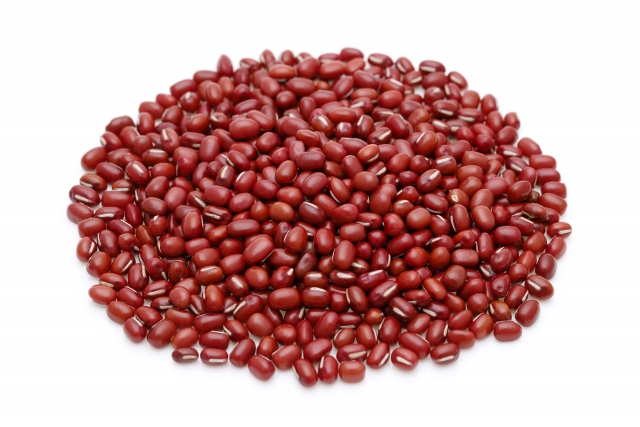
Nutritional Value
Azuki beans are rich in protein, dietary fiber, and essential vitamins such as B vitamins and minerals. They also contain high levels of polyphenols, which have antioxidant properties, making azuki a nutritious and health-beneficial ingredient.
Types of Azuki
- Erimo Azuki: A common variety from Hokkaido, known for its soft skin, making it ideal for smooth koshi-an.
- Kita Roman: Large-sized beans with a rich flavor, perfect for tsubuan (chunky red bean paste). Mainly cultivated in Tokachi, Hokkaido.
- Tamba Dainagon Azuki: A premium variety from the Tamba region in Hyogo, known for its large size and firm texture. It is often used in sekihan and ama-natto (sweetened azuki beans).
How Azuki is Used
Japanese Sweets (Wagashi)
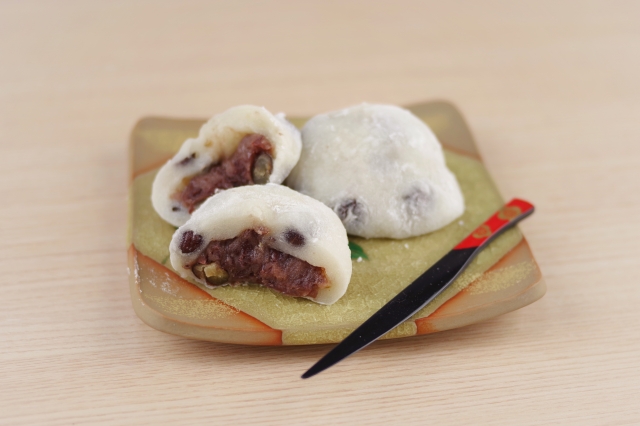
Used in dorayaki, taiyaki, and daifuku mochi.
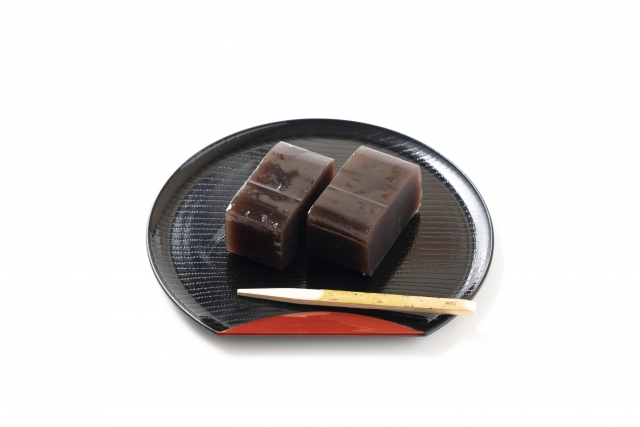
A firm, jelly-like confection made from azuki and agar.
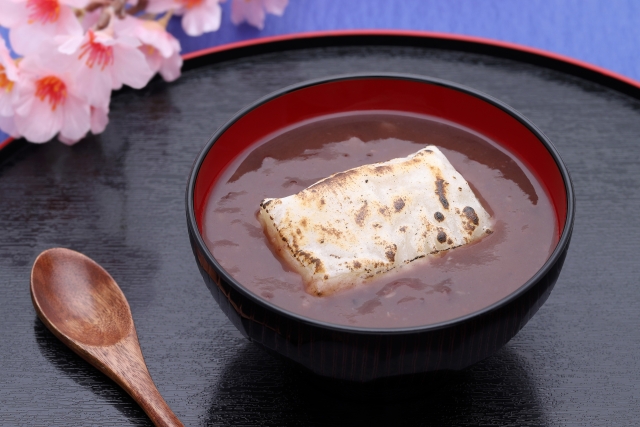
A warm, sweet azuki soup, popular in winter.
Japanese Cuisine
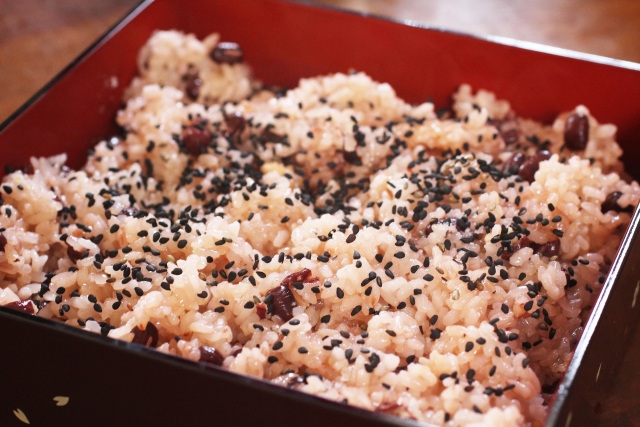
A traditional celebratory dish made with glutinous rice and azuki beans.
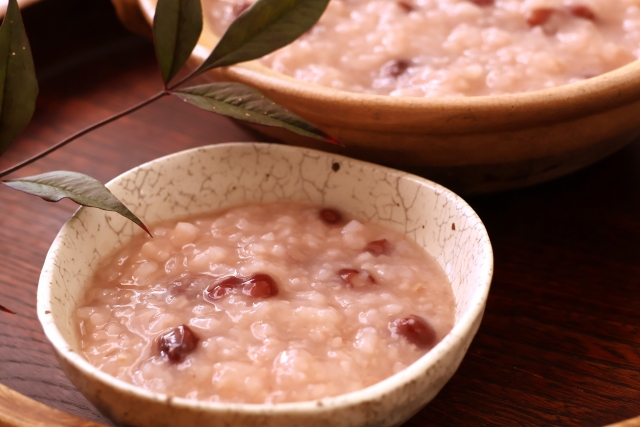
A dish traditionally eaten on January 15th for good luck and warding off evil spirits.
History of Azuki
The history of azuki dates back to ancient Japan, with evidence suggesting it was consumed as early as the Jomon period (10,000–300 BCE). By the Heian period (794–1185), azuki porridge was popular among the aristocracy, and during the Edo period (1603–1868), it became a key ingredient in traditional confectionery. Today, azuki remains a staple in Japanese cuisine, commonly found in sweets and celebratory dishes like sekihan (red bean rice).
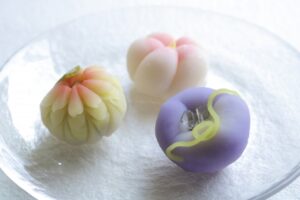
Comments